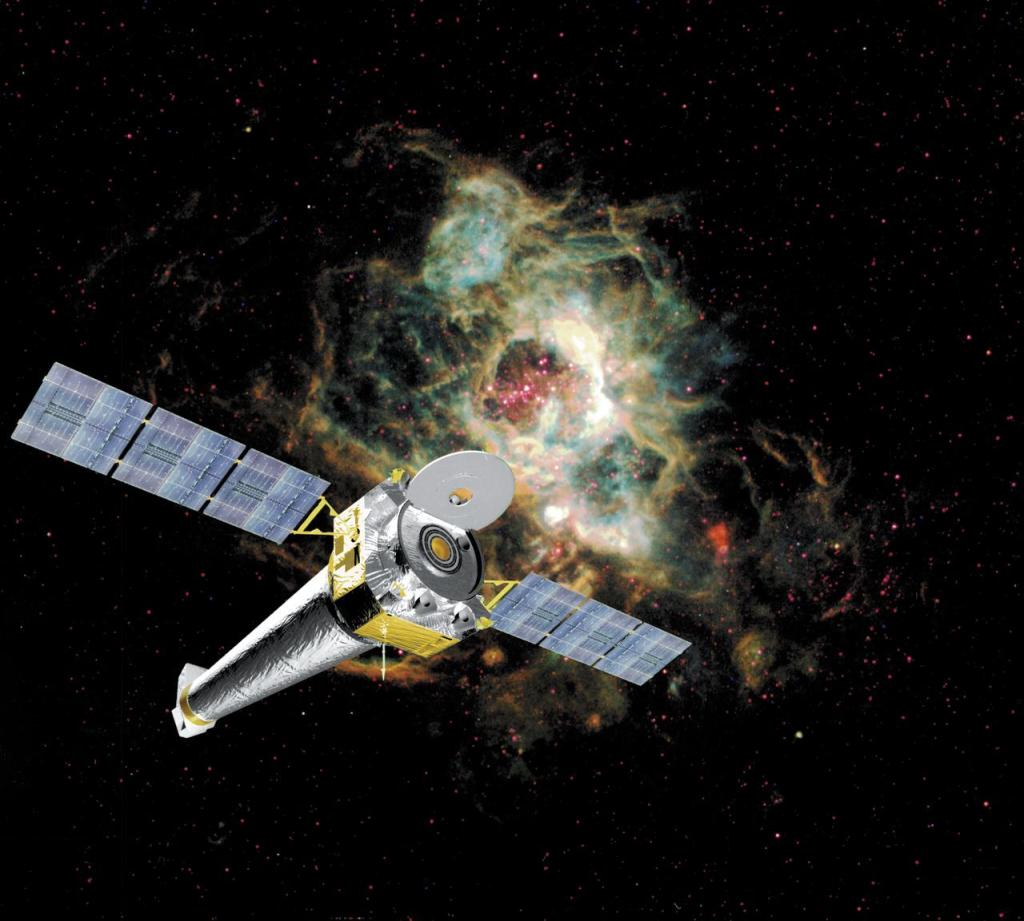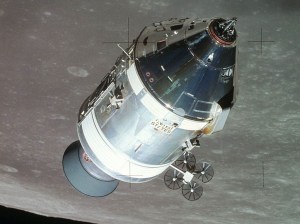Mission Objective
The lunar landing site was the Taurus-Littrow highlands and valley area. This site was picked for Apollo 17 as a location where rocks both older and younger than those previously returned from other Apollo missions, as well as from Luna 16 and 20 missions, might be found.
The mission was the final in a series of three J-type missions planned for the Apollo Program. These J-type missions can be distinguished from previous G- and H-series missions by extended hardware capability, larger scientific payload capacity and by the use of the battery-powered Lunar Roving Vehicle, or LRV.
Scientific objectives of the Apollo 17 mission included, geological surveying and sampling of materials and surface features in a preselected area of the Taurus-Littrow region; deploying and activating surface experiments; and conducting in-flight experiments and photographic tasks during lunar orbit and transearth coast. These objectives included deployed experiments, such as the Apollo Lunar Surface Experiments Package, or ALSEP, with a heat flow experiment; lunar seismic profiling, or LSP; lunar surface gravimeter, or LSG; lunar atmospheric composition experiment, or LACE; and lunar ejecta and meteorites, or LEAM. The mission also included lunar sampling and lunar orbital experiments. Biomedical experiments included the Biostack II experiment and the BIOCORE experiment.
Mission Highlights
At 9:15:29 a.m. GMT Dec. 7, 1972, the command and service module, or CSM, was separated from the S-IVB. Approximately 15 min later, the CSM docked with the lunar module, or LM. After CSM/LM extraction from the S-IVB, the S-IVB was targeted for lunar impact, which occurred Dec. 10, at 8:32:43 p.m. The impact location was approximately 84 nautical miles northwest of the planned target point and the event was recorded by the passive seismic experiments deployed on the Apollos 12, 14, 15 and 16 missions.
Only one of the four planned midcourse corrections was required during translunar coast. A midcourse correction made at 5:03 p.m. Dec. 8, was a 1.6 second service propulsion system burn resulting in a 10>:5 feet/second velocity change. Lunar orbit insertion was accomplished at 7:47:23 p.m. Dec. 10, placing the spacecraft into a lunar orbit of 170 by 52.6 nautical miles. Approximately four hours, 20 minutes later, the orbit was reduced to 59 by 15 nautical miles. The spacecraft remained in this low orbit for more than 18 hours, during which time the CSM/LM undocking and separation were performed. The CSM circularization maneuver was performed at 6:50:29 p.m. Dec. 11, which placed the CSM into an orbit of 70.3 by 54.3 nautical miles. At 2:35 p.m. Dec. 11, the commander and lunar module pilot entered the LM to prepare for descent to the lunar surface. At 6:55:42 p.m. Dec. 11, the LM was placed into an orbit with a perilune altitude of 6.2 nautical miles. Approximately 47 minutes later, the powered descent to the lunar surface began. Landing occurred at 7:54:57 p.m. Dec. 11, at lunar latitude 20 degrees, 10 minutes north, and longitude 30 degrees 46 minutes east. Apollo 17 was the last lunar landing mission. Three extravehicular activities, or EVAs, lasted a total of 22 hours, four minutes on the lunar surface. EVA No. 1 began at 11:54:49 p.m. Dec. 11, with Eugene Cernan egressing at 12:01 a.m. Dec. 12. The first EVA was seven hours, 12 minutes long and was completed at 7:06:42 a.m. Dec. 12. The second EVA began at 11:28:06 p.m. Dec. 12, and lasted seven hours, 37 minutes, ending at at 7:05:02 a.m. Dec. 13. The final EVA began at 10:25:48 p.m. Dec. 13, and ended at 5:40:56 a.m. Dec. 14.
The LM ascent stage lifted off the moon at 10:54:37 p.m. Dec. 14. After a vernier adjustment maneuver, the ascent stage was inserted into a 48.5 by 9.4 nautical mile orbit. The LM terminal phase initiation burn was made at 11:48:58 p.m. Dec. 14. This 3.2 second maneuver raised the ascent stage orbit to 64.7 by 48.5 nautical miles. The CSM and LM docked at 1:10:15 a.m. The LM ascent stage was jettisoned at 4:51:31 a.m. Dec. 15. Deorbit firing of the ascent stage was initiated at 6:31:14 a.m. Dec. 15, and lunar impact occurred 19 minutes, seven seconds later approximately 0.7 nautical miles from the planned target at latitude 19 degrees, 56 minutes north, and longitude 30 degrees, 32 minutes east. The ascent stage impact was recorded by the four Apollo 17 geophones, and by each ALSEP at Apollos 12, 14, 15 and 16 landing sites.
Ronald Evans performed a transearth EVA at 8:27:40 p.m. Dec. 17, that lasted one hour, six minutes, during which time he retrieved the lunar sounder film, as well as the panoramic and mapping camera film cassettes.
Apollo 17 hosted the first scientist-astronaut to land on moon: Harrison Schmitt. The sixth automated research station was set up. The lunar rover vehicle traversed a total of 30.5 kilometers. Lunar surface-stay time was 75 hours, and lunar orbit time 17 hours. Astronauts gathered 110.4 kilograms, or 243 pounds, of material.
Crew
Eugene A. Cernan, Commander
Harrison H. Schmitt, Lunar Module Pilot
Ronald E. Evans, Command Module Pilot
Backup Crew
John W. Young, Commander
Charles M. Duke Jr., Lunar Module Pilot
Stuart A. Roosa, Command Module Pilot
Payload
America (CM-114)
Challenger (LM-12)
Prelaunch Milestones
12/21/70 – S-IVB ondock at Kennedy
5/11/72 – S-IC ondock at Kennedy
6/20/72 – S-IU ondock at Kennedy
10/27/72 – S-II ondock at Kennedy
Launch
Dec. 7, 1972; 12:33 a.m. EST
Launch Pad 39A
Saturn-V SA-512
High Bay 3
Mobile Launcher Platform-3
Firing Room 1
The CSM, LM and S-IVB booster stage were inserted 11 minutes, 53 seconds after launch into an Earth parking orbit of 91.2 by 92.5 nautical miles. After two revolutions, at 8:45:37 a.m. GMT, Apollo 17 was inserted into translunar coast.
Orbit
Altitude: 105.86 miles
Inclination: 28.526 degrees
Orbits: 75 revolutions
Duration: 12 days, 13 hours, 52 minutes
Surface Time: 75 hours
Distance: 1,484,933.8 miles
Lunar Location: Taurus-Littrow
Lunar Coordinates: 20.16 degrees north, 30.77 degrees east
Landing
Dec. 19, 1972
Pacific Ocean
Recovery Ship: USS Ticonderoga






























